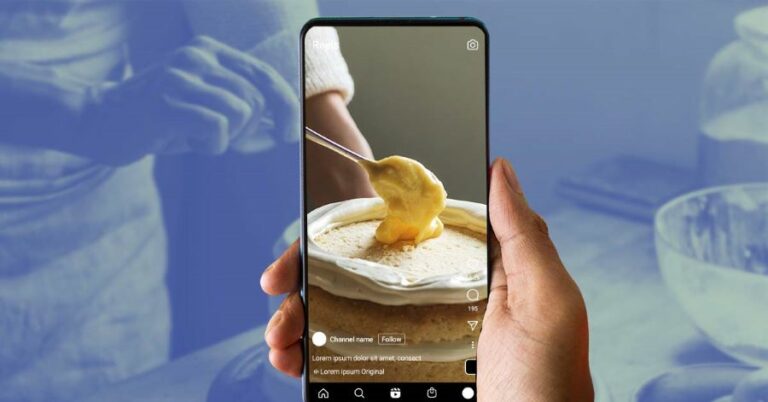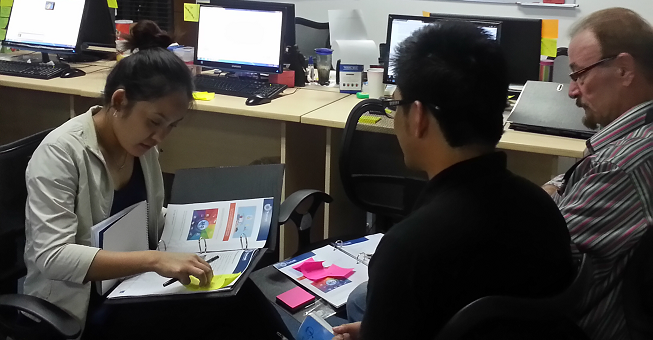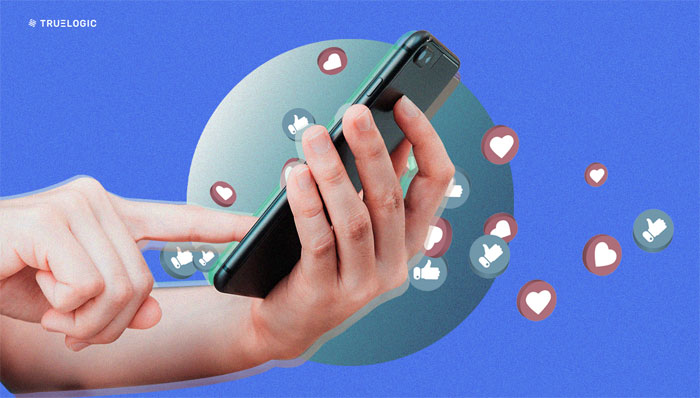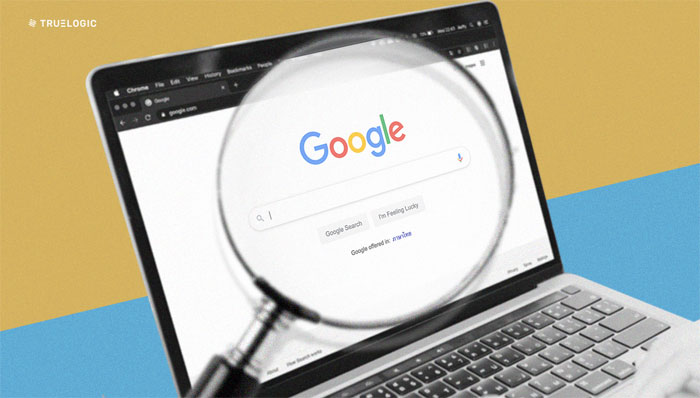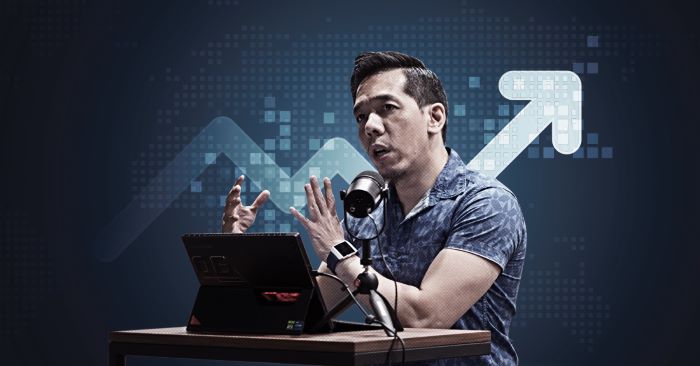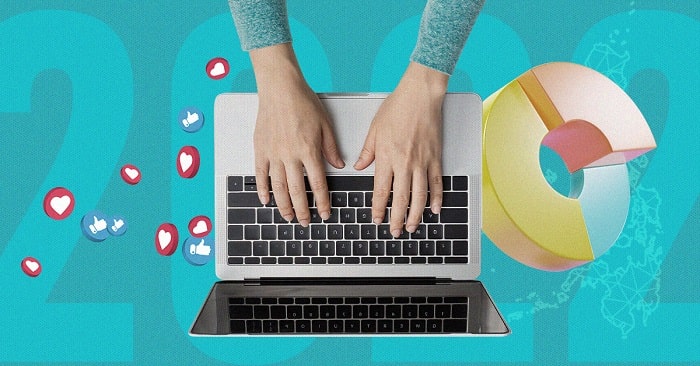Truelogic DX Recap: Meet Your “Always On “Customer with Jason Cruz
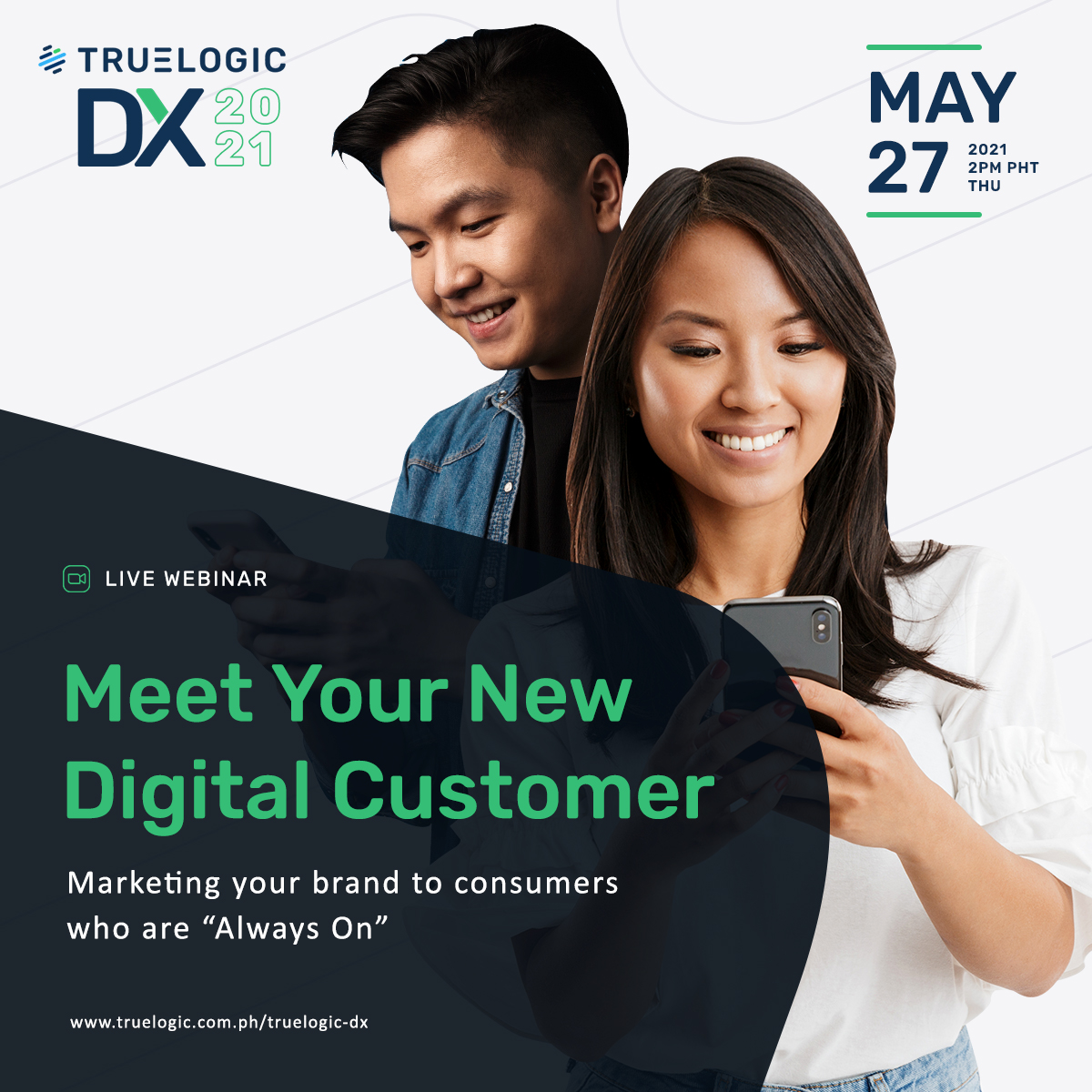
Our latest edition of the Truelogic DX webinar series brought together Truelogic Managing Partner Bernard San Juan III with Jason Cruz, ADA Philippines Director for New Business Development.
Jason Cruz is a communications strategist who focuses on how brands can win on digital. Prior to joining ADA in 2020, Jason was with McCann Worldgroup Philippines, where he advanced from social media manager to Head of Digital Strategy and lead for social marketing for Asia Pacific in under eight years. To date, Jason has worked on nearly 200 campaign executions. He is also a recognised educator and creator of work-life inspirational content on his YouTube channel, Better Today with Jason Cruz.
Bernard’s conversation with Jason focused on profiling today’s new Filipino customer, whose behavior has been shaped by the pandemic; which sectors or industries adapted quickly; and how brands should start building their own sources of data on this customer.
The “Always On” Customer Is Ready to Shop Online
San Juan began the webinar discussion by pointing to key developments in the Philippine digital economy over the last five years. Internet penetration jumped from 48 to 72 percent of the entire population from 2016 to 2021, while Filipinos’ average time spent online increased dramatically from 3 hours and 12 minutes (3:12) to 10 hours and 56 minutes (10:56).
More telling, San Juan noted, was the level of e-commerce adoption in the country.
The gross merchandise value (GMV) of e-commerce goods sold in the Philippines in 2016 was valued at around US$2 billion. In 2020, Philippine e-commerce GMV almost quadrupled to US$7.5 billion. Many companies operating through the pandemic became “first-time beneficiaries” of this surge in online business, said San Juan.
Cruz agreed. One of the most important takeaways from recently published Internet data reports (from Google, The World Bank, and We Are Social, to cite a few), is that there are a lot of first-timers in e-commerce. And this is proof that Filipinos have become more and more willing to shop online, Cruz says.
Although he thinks that this shift to online has been more “a function of necessity, rather than technological transition,” businesses should see this as a good thing.
“If you’re a business and felt, ‘Is e-commerce right for me? Is e-commerce going to benefit my business?’ There’s a good chance it will,” said Cruz.
He also observed that consumers have had a year to get used to buying and ordering online – and that marketers have proactively been targeting the 18-24 age demographic.
Why not. “If you get them early on, the chances of you keeping them as loyal buyers throughout their lives is higher,” Cruz remarked.
Winners and Losers
The pandemic has created “winners”, particularly in the digital payments sector, like GCash, as well as insurance, says Cruz.
Other businesses that pivoted quickly and successfully were supermarkets and restaurants who adapted to online ordering; travel agencies who created armchair travelling experiences; as well as furniture companies who helped people build up their work from home offices, he added.
Meanwhile, San Juan said some fitness and leisure companies also made the right moves. Fitbit added new exercises on its app and offered some of its premium content for free, for example. He also praised Nike’s training programs for its customers.
Companies who weren’t as successful would have been better off if they had invested in their own digital platform, adds Cruz.
“The brands who survived, and arguably thrived, were the ones where the relationship and purchase component was unbroken…whether or not you have a shop, whether or not you have a physical way to interact with people.”
Nike’s training app also highlights the importance of having a digital platform, Cruz said. “Key investments in your own customer data are super important, because if you know your customers, you know how to focus your efforts.”
Businesses that didn’t have their own digital platforms tended to approach the market in a broad, “shotgun” manner, whereas they should be focused on reaching customers through mobile and desktop, Cruz said.
“If you know who you’re targeting, and you know the specific profile of your very best customer, then your chances of communicating and cutting through the clutter is much better.”
Understanding This “Always On” Customer Better
Knowing where to reach this customer begins by knowing who this customer is.
If you know your target persona or audience profile, Cruz says, the decision on the platform is made for you. A younger demographic might be a more “visual” sort of market, so brands should limit their choices to “platforms that deliver those experiences.” One can also segment audiences in terms of attitude, or geographic location, he said.
Although the Philippines is an Android-dominated market, San Juan also asked Cruz whether marketers and advertisers should be worried about the new Apple iOS 14.5 update, which no longer allows other platforms, such as Facebook, to collect user data.
Cruz replied, “They shouldn’t be worried, but they should take steps to reduce their reliance on one particular platform.”
The more of your own data sources you have, the better off a brand will be, he says. “It goes back to, ‘Have you invested in your own media, your own platforms, where you can gather your own info?’”
San Juan agrees that captive customer data is the way forward, and that having your own website is one of the best ways to address this – but not all brands are ready to build or redesign their own website.
For the most part, Cruz notes, certain brands have achieved a certain level of digital maturity.
“So the question is not anymore, ‘Do we build a website?’ but rather, ‘What is the ecosystem that we can build around these channels that we have?” Cruz asks.
“Does [your website also] enable a more complete experience for your customers, especially e-commerce?”
Communicating with the Customer Anytime
One of the biggest challenges of the pandemic has been the fact that customers have become almost completely stationary. “The whole offline world experience kind of went out the window,” Cruz admits.
While this makes it hard for brands to make long-term plans, they should still focus on enriching their sources of digital data. A Facebook page and Instagram stories aren’t sufficient, he says.
B2Bs and B2Cs should also rethink their strategies and timing. B2C and FMCGs, for example, may usually have aimed for top of mind presence in the evening or toward weekends, as people plan their grocery shopping errands. “Anytime could actually work, because they could order [your product] right now. And if you have a link to a Lazada store, or another e-commerce platform, then you enable that transaction to happen,” says Cruz
Certain paths to purchase, like buying a car, require an offline component, such a test drive, to help close the sale, Cruz says. But brands should strive to ease the friction for customers who are online. Examples of this include responding to Facebook messages instantly via chatbot instead of after two hours, or helping salespeople become more adept at answering emails.
Leveling Up
The next challenge is leveling up the customer experience, and to focus on amplifying great experiences that a brand has already provided – whether it’s improving the delivery process, or reducing the steps in making an app purchase, Cruz advises.
To get more insights about this talk on the New Digital Customer, please visit our Truelogic DX page and watch the replay.

